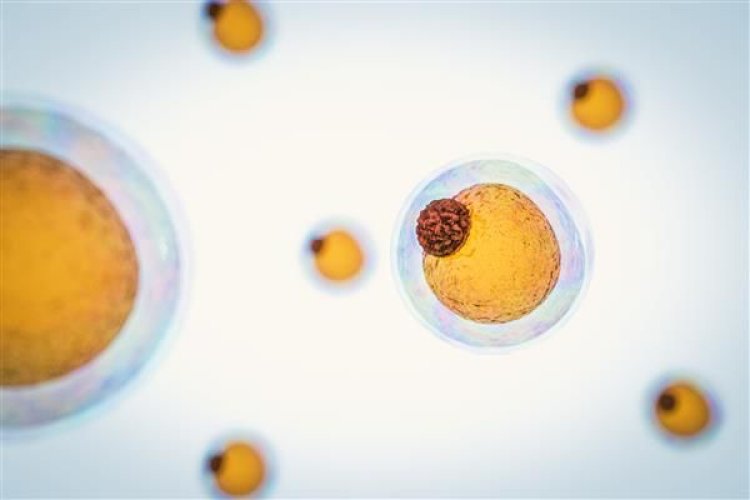Rare fat molecule helps drive cell death: Study

Los Angeles, US: Researchers revealed that a rare sort of lipid plays a vital role in ferroptosis, a type of cell death described by Columbia professor Brent Stockwell.
The findings shed new light on how cells die during ferroptosis, potentially improving understanding of how to prevent ferroptosis in contexts where it is harmful, such as neurodegenerative diseases, or induce it in contexts where it could be beneficial, such as using it to kill dangerous cancer cells.
The study discovered that a diPUFA phospholipid, an uncommon type of lipid with two polyunsaturated fatty acyl tails, was present in a variety of situations where ferroptosis occurred, including aged brains and Huntington disease-affected brain tissue.
The finding indicated that the lipid is efficient at promoting ferroptosis.
The research was conducted by professors in Columbia's Department of Biological Sciences, Department of Chemistry, and the Columbia University Irving Medical Center.
Stockwell first discovered ferroptosis in 2012, when he found that certain cells were dying because their lipid layers were collapsing- an unusual form of cell death that differs from the most common kind, which begins with the cell forming blisters on its outer surface. Since that discovery, researchers in Stockwell's lab and elsewhere have continued to investigate ferroptosis, discovering that it can occur naturally in ageing cells, in pathological contexts, and can be induced to treat disease.
Another paper out this month with several co-authors found that a gene named PHLDA2 can sometimes promote ferroptosis by attacking a different lipid and that this gene can block some tumours from forming.
Together, these papers show that specific lipids promote ferroptosis, so defining the driver lipids in specific cancers is important.
"The discovery that these diPUFA lipids are important drivers of ferroptosis deepens our understanding of this form of cell death, and these lipids' role in controlling a cell's homeostasis in general," Stockwell said.
"Harnessing these lipids may eventually help us identify where ferroptosis has occurred and deliberately manipulate them to either induce cell death or stop it. This can begin to give us both understanding and the power to control cell death."















































